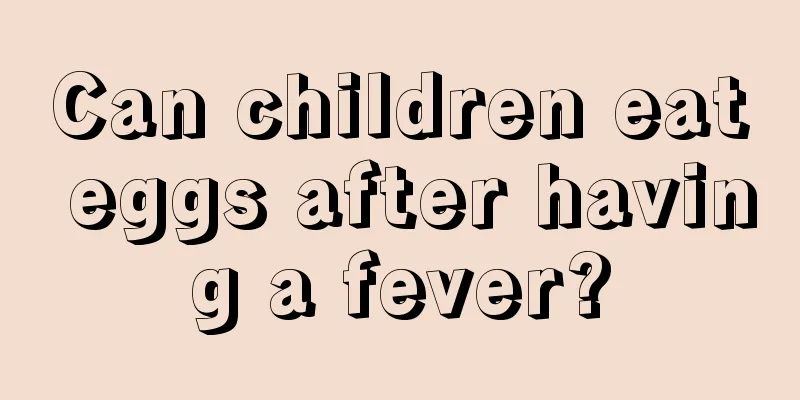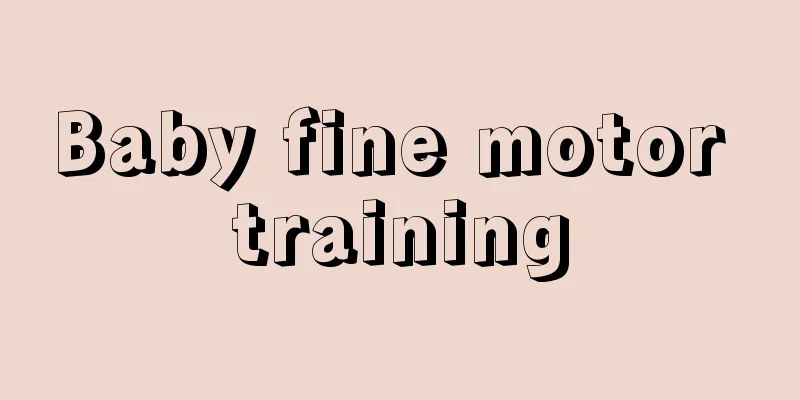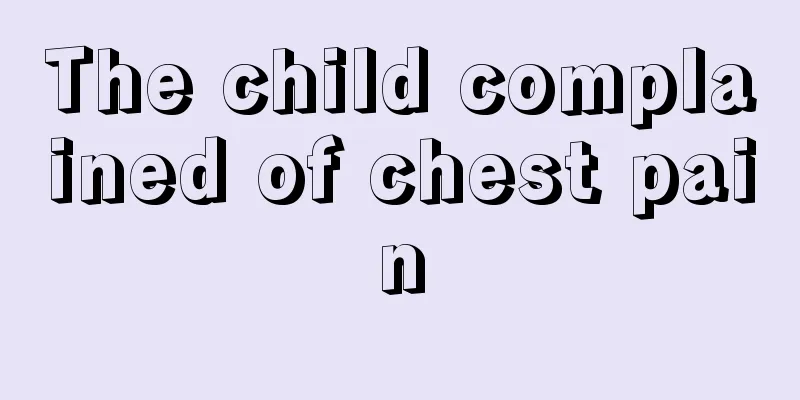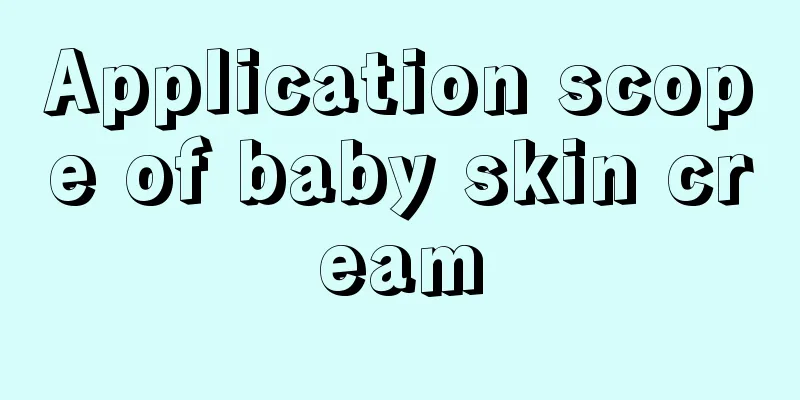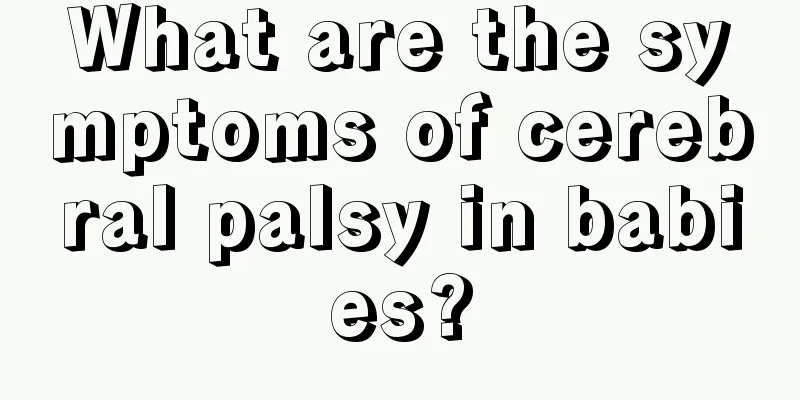If your baby's wrists are bent inward, it means he has cerebral palsy.
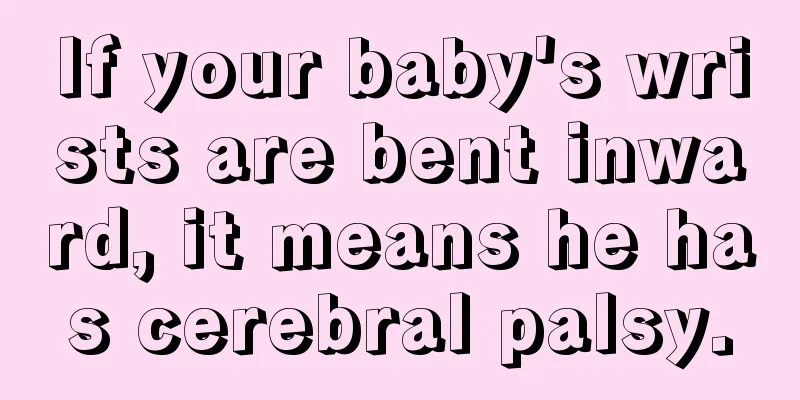
|
When babies are born, their fists are clenched inward. It is said that this is a form of self-protection for babies in their mother's belly. However, some people say that if the baby's wrists are bent inward, it means that the baby has cerebral palsy. This statement is actually too general, because the wrist manifestation alone is not enough to determine cerebral palsy. The early symptoms of cerebral palsy in babies are that they are very indifferent to external sounds and touch, and they will appear very dull. Does the baby's wrist hooking inward mean cerebral palsy? Generally, babies will often clench their fists from birth to the first month, with the other fingers covering the thumb. This is because the baby's nervous system is immature, the ability to regulate hand muscle activities is limited, and the flexor strength is stronger than the extensor strength, so the baby always clenches his fists. Of course, some babies are born in a stretched-out state. If their growth and development indicators are normal, there is no need to worry. If parents find that their baby's wrists are hooked inward, they need to make a comprehensive observation to see if the baby's head is shaking or if the baby has other abnormal symptoms. If you want to know whether it is cerebral palsy, you still need to go to a regular hospital for a comprehensive examination to confirm. Parents can first understand the early symptoms of cerebral palsy in babies here. Early symptoms of cerebral palsy in babies The early symptoms of cerebral palsy are mainly developmental delay and intellectual abnormalities. In the early stages of breastfeeding, there will be some difficulty in swallowing, and the baby will also have poor sensory perception, be insensitive to sounds, and have stiff hands. Usually the expression is rather indifferent. The muscles are also relatively loose and usually unable to turn over. If a baby has delayed motor development as an infant, such as difficulty in abducting the thigh, flexed knees that are difficult to straighten, legs straightened and adducted when held upright, legs crossed in a scissors shape, flexion of the elbow and wrist joints of the upper limbs, and frequent clenching of the hands with the thumbs adducted. If a child has weak motor skills or cannot actively reach out to grab things, etc., parents must be vigilant when these situations occur. If your baby has limb disabilities in early childhood, such as abnormal walking or frequent toes landing, delayed language or intellectual development, or even abnormal vision, you need to be alert to the occurrence of cerebral palsy. |
>>: Can babies with gastroenteritis drink milk powder?
Recommend
What are the disadvantages of children skipping rope?
Maybe many of us know that skipping rope can effe...
Can children drink honey water when they have a cough?
Plain water has no taste, so many people like to ...
Can children eat meat when they have a fever?
When a child has a fever, many symptoms will appe...
Why is the baby's stool sauce-colored?
The color and shape of a baby's stool general...
How many times does a two month old baby poop?
Metabolism is an instinct of our human nature. Th...
Does anyone know how many times a full-month baby poops a day?
A newborn baby is like a newborn bud, tender and ...
Why don't children grow taller?
Whether children can grow taller must be an issue...
What to do if your child has a stomachache and vomits
Stomach pain is common in children, but it is oft...
What causes knee pain in children?
Knee pain mainly occurs among adults, but now man...
What is the reason for slurred speech?
Parents all have high hopes for their children, b...
Spring recipes for kids
Children are in the stage of growing up, so as pa...
There is a lump on my child’s neck. What should I do and how should I treat it?
Recently, some parents consulted me about the pim...
What kind of facial mask is suitable for teenagers
In the process of growth and development, there a...
Symptoms of drug overdose in babies
Children are a special population because the inc...
Attention: These bad habits can cause children to have uneven teeth
Bad oral habits such as sticking out the tongue, ...
